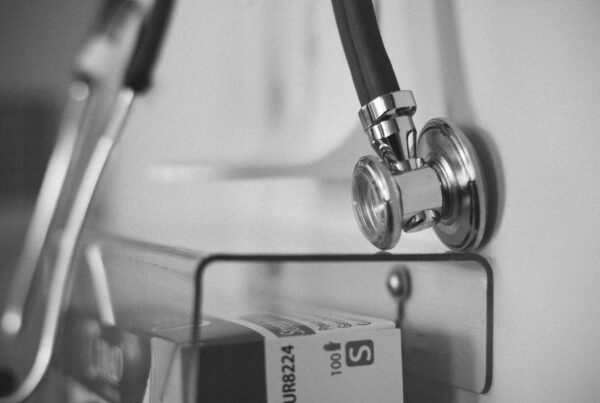
A Review of Primary Biliary Cholangitis
June 23, 2021
A Review of Primary Biliary Cholangitis
Primary Biliary Cholangitis (PBC) is a chronic liver disease that causes damage to the bile…





Recent Comments